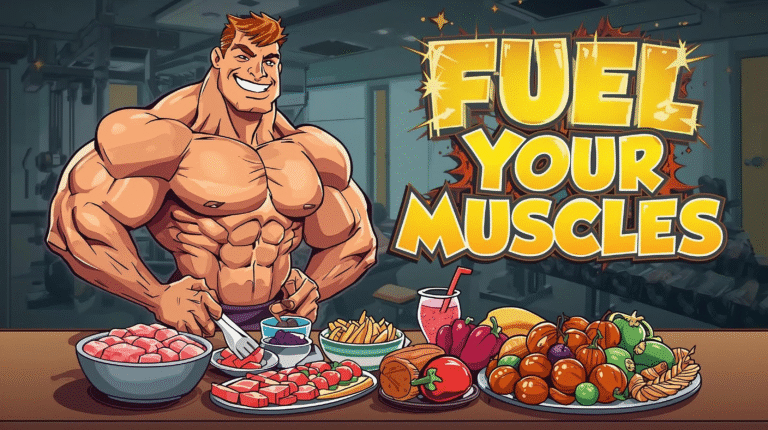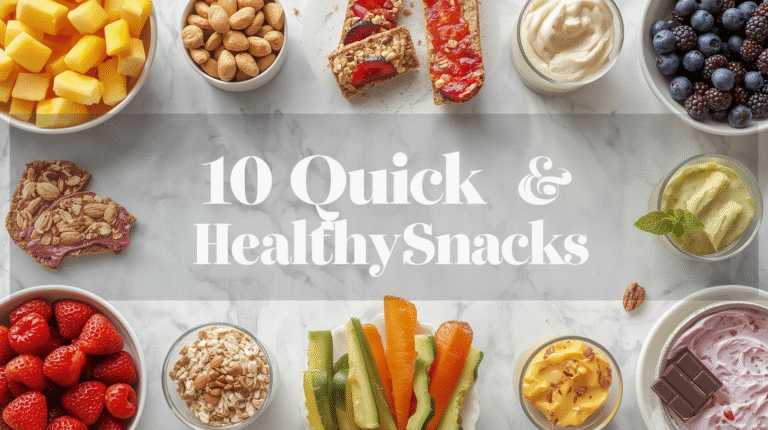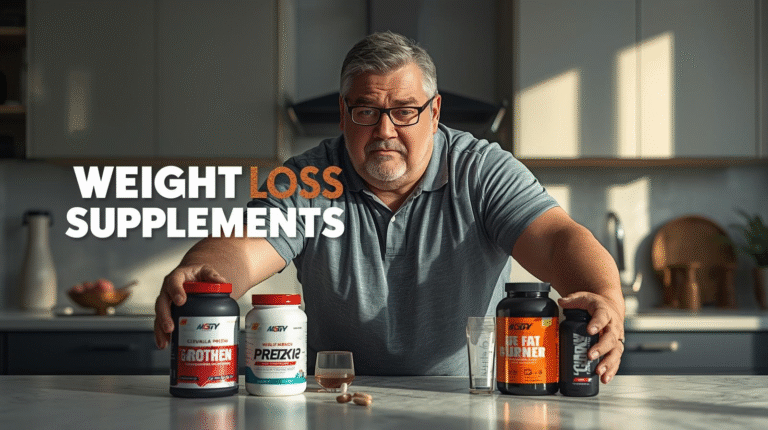How to Convert Unhealthy Munching into Healthy Munching
Snacking—or “munching”—is something almost all of us do. Whether it’s grabbing a packet of chips while watching TV, nibbling on cookies during work, or reaching for a soda and fries when stressed, unhealthy munching has silently become a part of our lifestyle. The problem is that most of these food choices are loaded with sugar, refined carbs, trans fats, and empty calories, which not only lead to weight gain but also affect digestion, energy levels, and long-term health.
The good news is that snacking doesn’t have to be harmful. In fact, when done right, munching can fuel your body, boost metabolism, keep cravings under control, and even improve focus and mood. The key lies in transforming unhealthy munching into healthy munching—by making smarter, more mindful food choices. In this article, we’ll explore why unhealthy snacking is so tempting, the dangers it brings, and practical ways to switch to healthy alternatives without feeling deprived.
Why Do We Munch Unhealthy Foods?
Before we talk about solutions, it’s important to understand why we are drawn toward unhealthy snacks in the first place.
-
Convenience: Junk food is easy to grab and usually packaged for quick consumption.
-
Taste factor: High salt, sugar, and fat trigger our brain’s pleasure centers, making chips, cookies, and candy addictive.
-
Stress and emotions: Many people snack when anxious, bored, or sad, seeking comfort in food.
-
Marketing influence: Bright packaging, ads, and discounts often make unhealthy snacks seem irresistible.
-
Lack of planning: When hunger strikes suddenly and healthy options aren’t available, we automatically reach for the easiest option nearby.
Knowing these triggers helps us fight back with awareness and better choices.
The Hidden Dangers of Unhealthy Snacking
Unhealthy munching isn’t just about “a few extra calories.” Over time, it can cause serious harm:
-
Weight gain and obesity due to excess calorie intake.
-
Blood sugar spikes from refined carbs and sugar, increasing the risk of diabetes.
-
Poor digestion from fried and processed foods.
-
Low energy and mood swings caused by unstable blood sugar.
-
Increased risk of lifestyle diseases like heart problems, hypertension, and fatty liver.
Clearly, replacing these habits with healthier options isn’t just about losing weight—it’s about protecting overall health.
Steps to Convert Unhealthy Munching into Healthy Munching
1. Practice Mindful Eating
Mindful eating is about being aware of what you eat and why you’re eating it. Before reaching for a snack, ask yourself: Am I truly hungry, or am I just bored, stressed, or tired? This small pause can help you avoid unnecessary munching.
2. Plan Ahead
Most unhealthy snacking happens when we don’t plan. Keep your fridge and pantry stocked with fruits, nuts, seeds, yogurt, and other healthier options so that you always have something quick to grab.
3. Hydrate First
Often, what we think is hunger is actually thirst. Drinking a glass of water, coconut water, or herbal tea can reduce unnecessary munching.
4. Portion Control
Even healthy snacks can turn unhealthy if eaten in excess. Instead of eating straight out of the packet, take a small bowl, fill a reasonable portion, and stick to it.
5. Balance Nutrients
A healthy snack should ideally include a balance of protein, fiber, and healthy fats. This combination keeps you fuller for longer and avoids sugar crashes. For example, instead of chips, try apple slices with peanut butter or hummus with carrot sticks.
6. Smart Substitutions
-
Replace fried chips with baked chips, roasted makhana, or air-popped popcorn.
-
Replace candies and chocolates with dates, dark chocolate (70%+), or fruit.
-
Replace sugary drinks with infused water, green tea, or smoothies.
-
Replace cream biscuits with whole grain crackers and cheese.
7. Incorporate Protein-Rich Snacks
Protein keeps you satisfied for longer. Options include boiled eggs, Greek yogurt, paneer cubes, roasted chickpeas, or protein smoothies.
8. Choose Fiber-Rich Options
Fiber slows digestion and controls hunger. Choose fruits, vegetable sticks, whole-grain toast, or oats-based snacks instead of refined flour snacks.
9. Don’t Skip Main Meals
Most binge-snacking happens when main meals are skipped or delayed. Eat balanced meals on time to reduce unhealthy munching urges.
10. Mindset Shift: Treat Snacks as Fuel
Instead of thinking of snacks as “time-pass food,” start looking at them as fuel for your body. If what you’re eating doesn’t support your energy and health, it’s not the right choice.
Healthy Munching Ideas You Can Try
Here’s a list of easy and satisfying options to swap with your usual junk food:
-
Roasted Makhana (Fox Nuts): Crunchy, light, and packed with protein.
-
Air-Popped Popcorn: Low in calories and high in fiber.
-
Fruit Bowls: Seasonal fruits with a sprinkle of chia or flax seeds.
-
Nuts & Seeds Mix: Almonds, walnuts, pumpkin seeds, and sunflower seeds.
-
Vegetable Sticks with Dip: Carrots, cucumbers, or celery with hummus or Greek yogurt dip.
-
Oats Energy Bites: Homemade balls made with oats, peanut butter, and dates.

-
Smoothies: Blend fruits, spinach, yogurt, and nuts for a nutritious drink.
-
Dark Chocolate & Nuts: A small piece of dark chocolate with a handful of almonds.
-
Boiled Eggs: Quick, filling, and rich in protein.
-
Homemade Protein Bars: Natural ingredients without refined sugar.
These swaps ensure you never feel deprived, while still nourishing your body.
The Psychological Aspect of Healthy Snacking
Breaking the cycle of unhealthy munching isn’t just about food—it’s also about mindset. Emotional eating, boredom snacking, and stress cravings are all psychological triggers. Some tips to handle them:
-
Engage in a quick walk or light stretching when cravings hit.
-
Journal your hunger patterns to identify triggers.
-
Replace the “comfort” of junk food with other forms of comfort, like listening to music, calling a friend, or meditating.
Healthy Munching for Different Goals
-
For Fat Loss: Stick to low-calorie, high-protein snacks like boiled eggs, roasted chickpeas, and fresh fruits.
-
For Muscle Gain: Choose protein-dense snacks such as protein shakes, paneer, or nut butter sandwiches.
-
For Overall Health: Mix it up with fruits, nuts, fermented foods, and herbal teas.
Final Thoughts
Munching is not the enemy—mindless, unhealthy munching is. By making small yet consistent changes, you can transform your snacking habits into something that actually supports your health. Instead of fried chips and sugary drinks, imagine enjoying crunchy roasted nuts, fresh fruit bowls, or smoothies that give you energy and satisfaction.
Healthy munching doesn’t mean giving up on taste—it means upgrading your choices. Over time, your body and mind will start craving the good stuff because it makes you feel lighter, stronger, and more energetic.
So the next time hunger strikes between meals, don’t reach for that packet of chips. Instead, pause, make a smart choice, and remind yourself: every bite is either building your health or breaking it.
Your journey to fitness isn’t about strict diets or giving up everything you love—it’s about balance, awareness, and mindful choices. By converting unhealthy munching into healthy munching, you’re not just changing what’s on your plate—you’re changing your lifestyle for the better.












